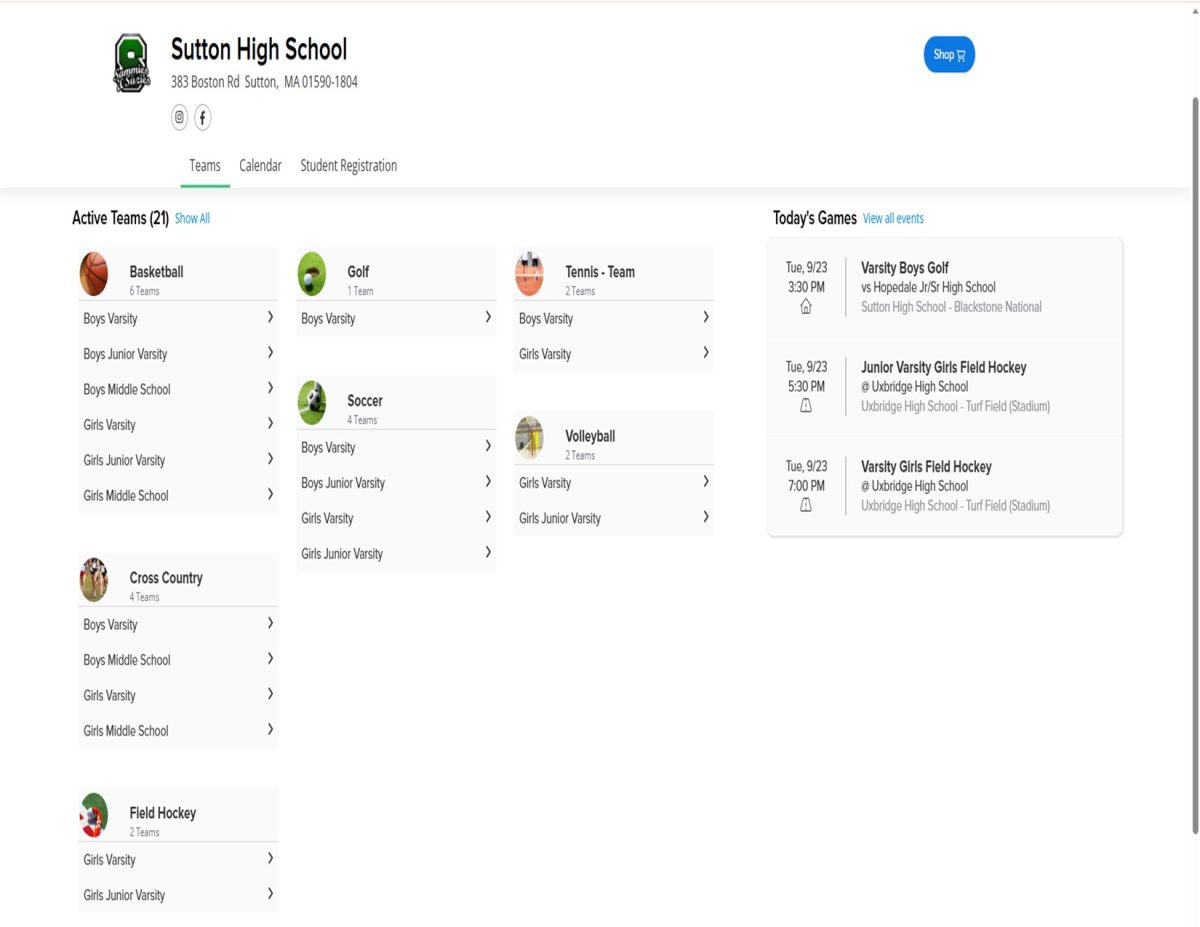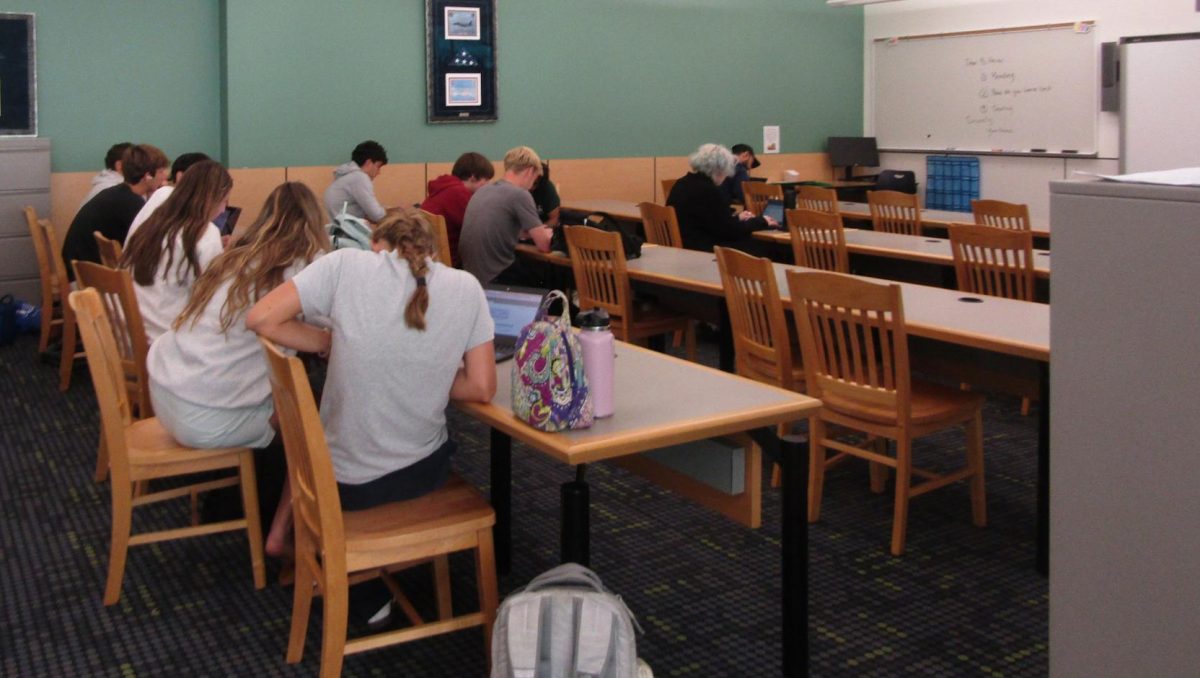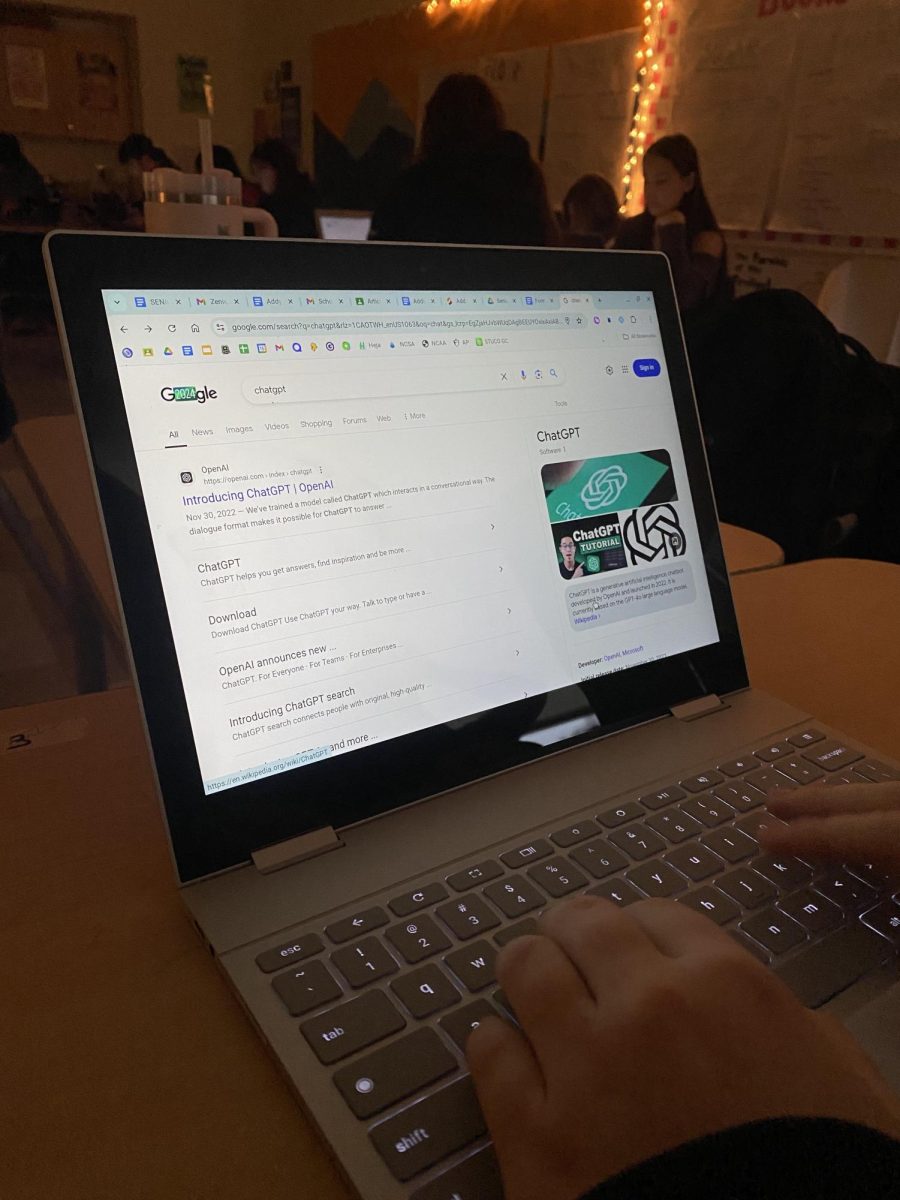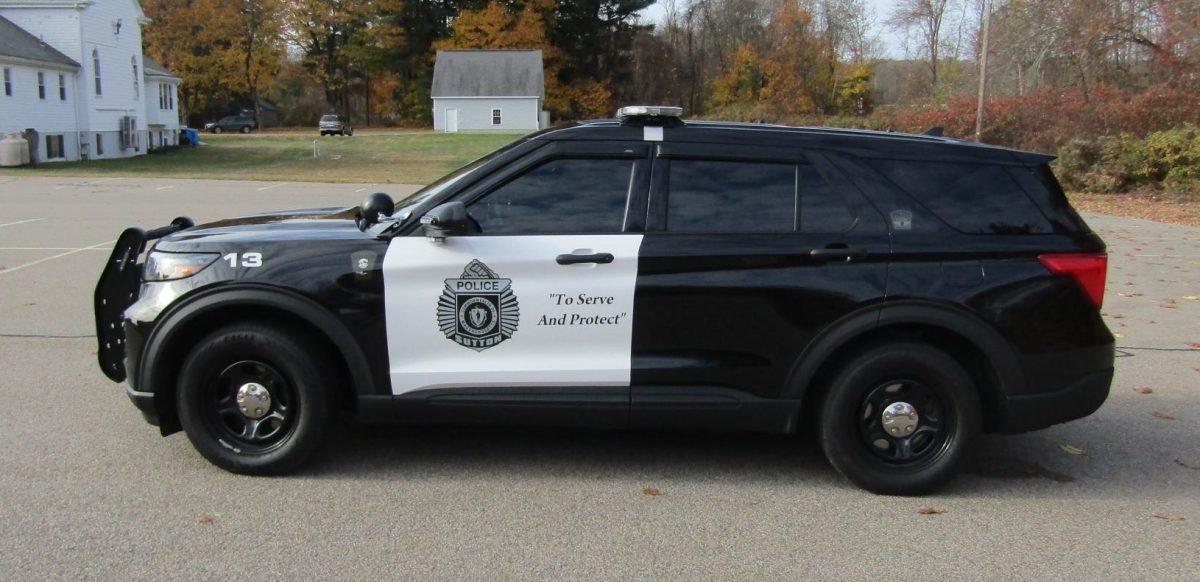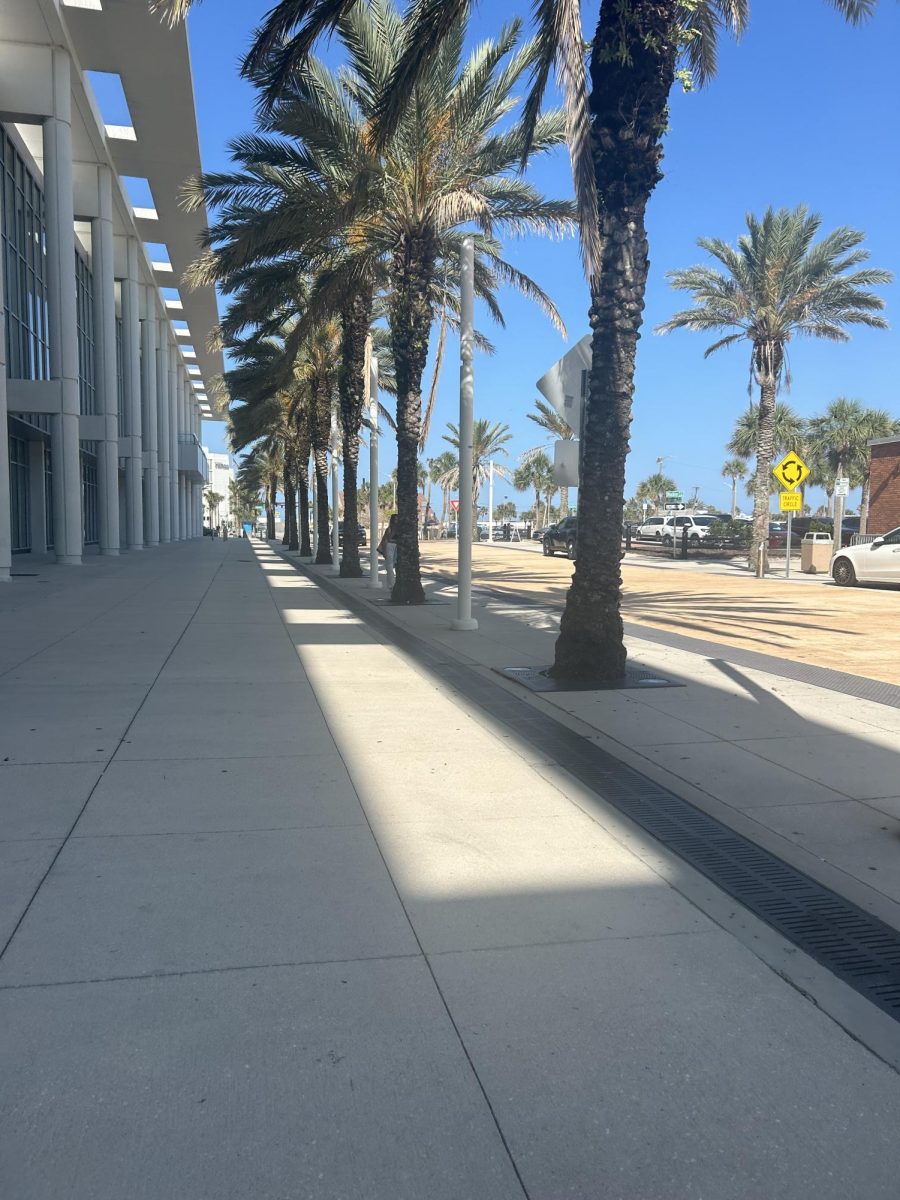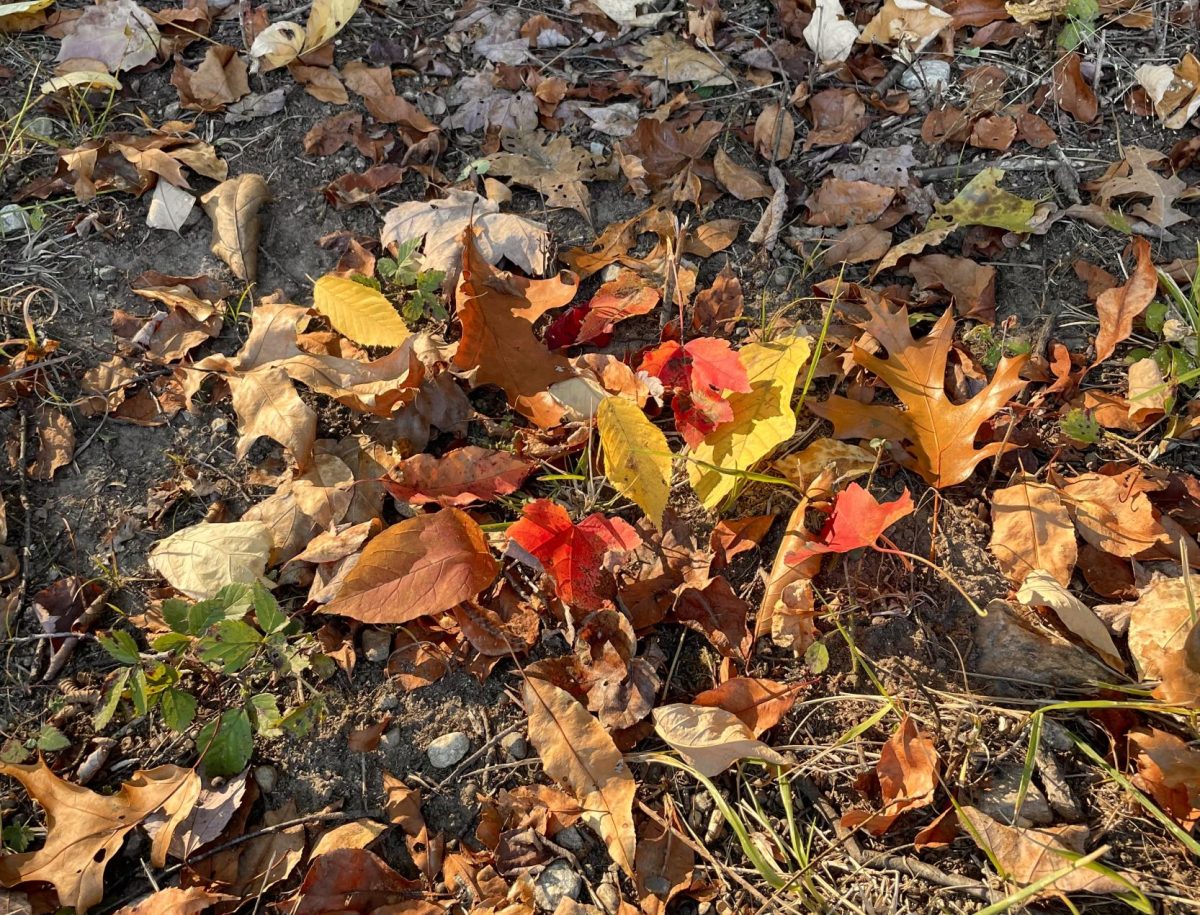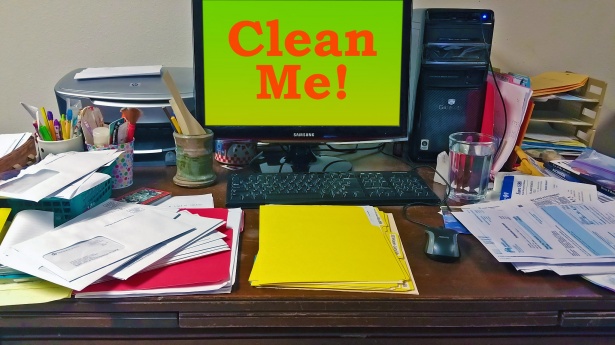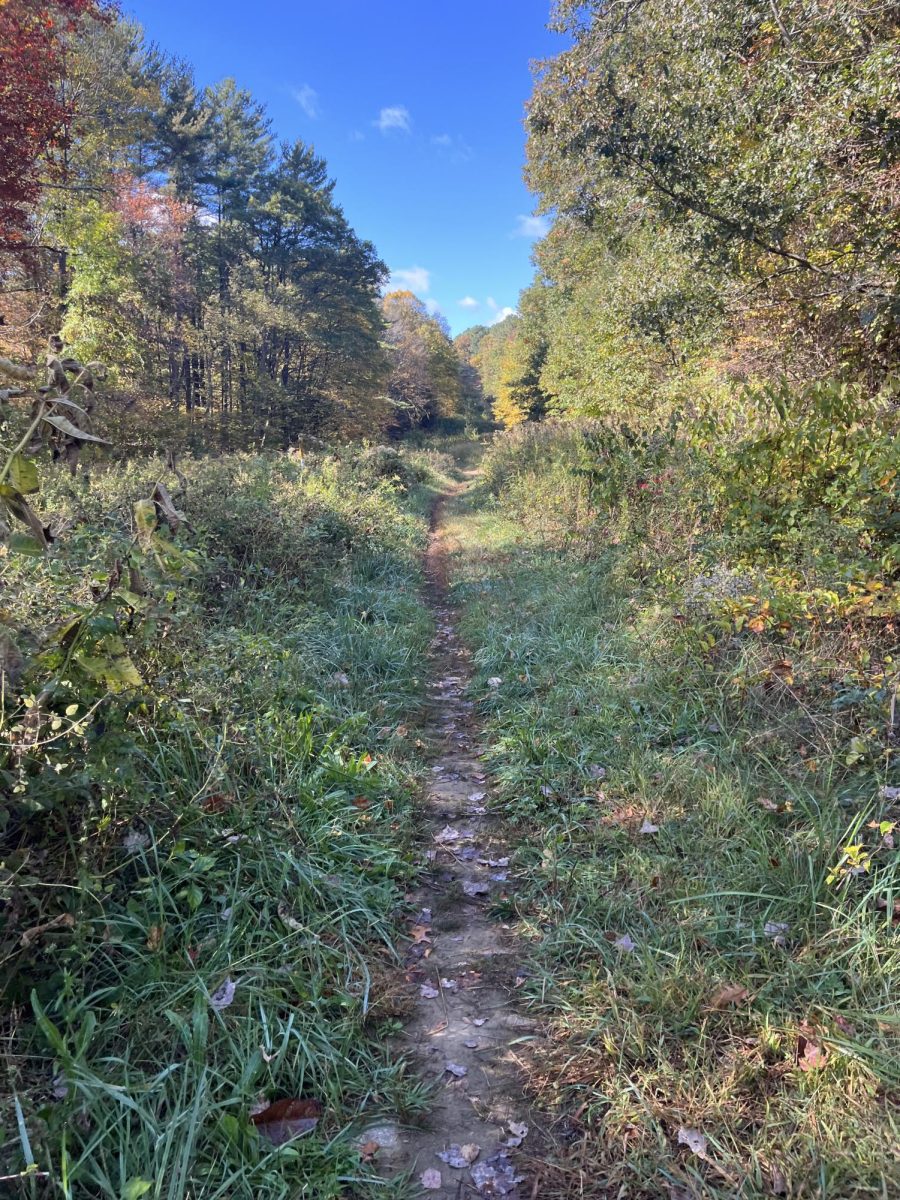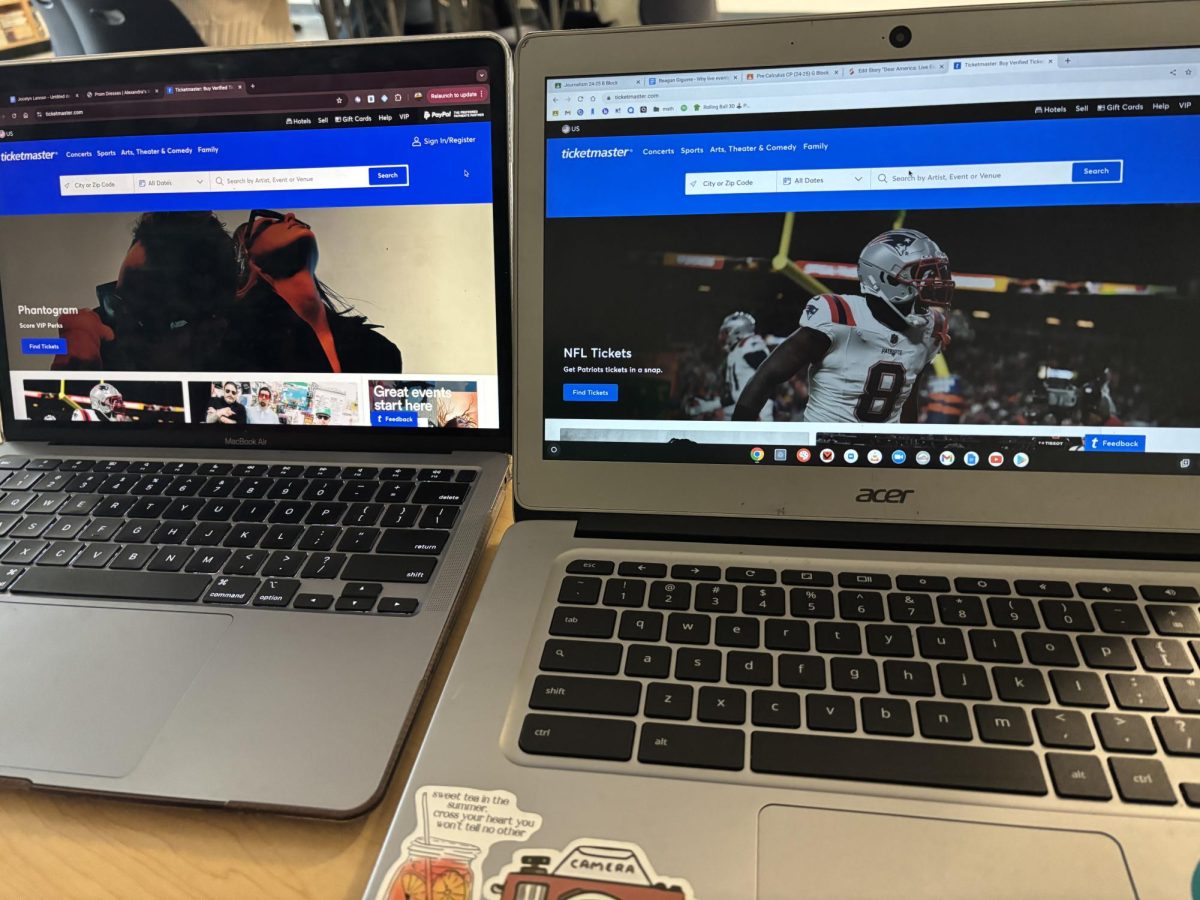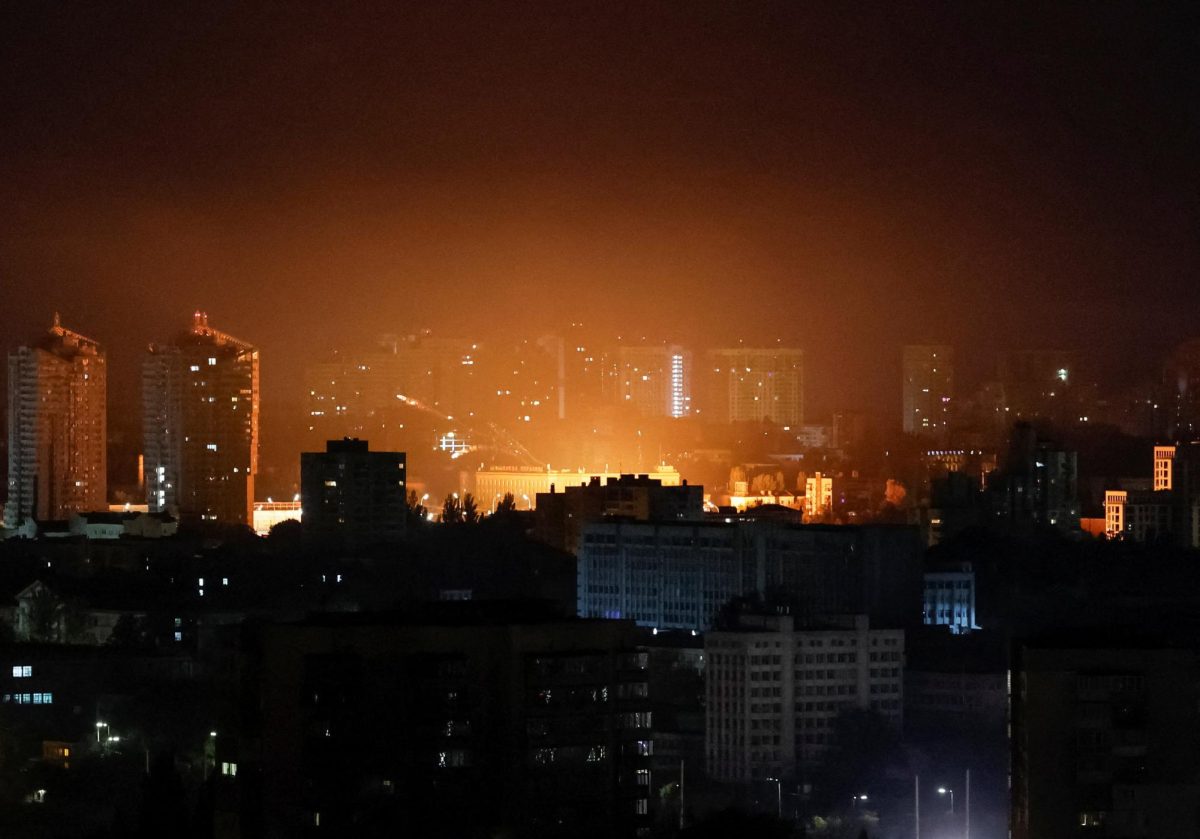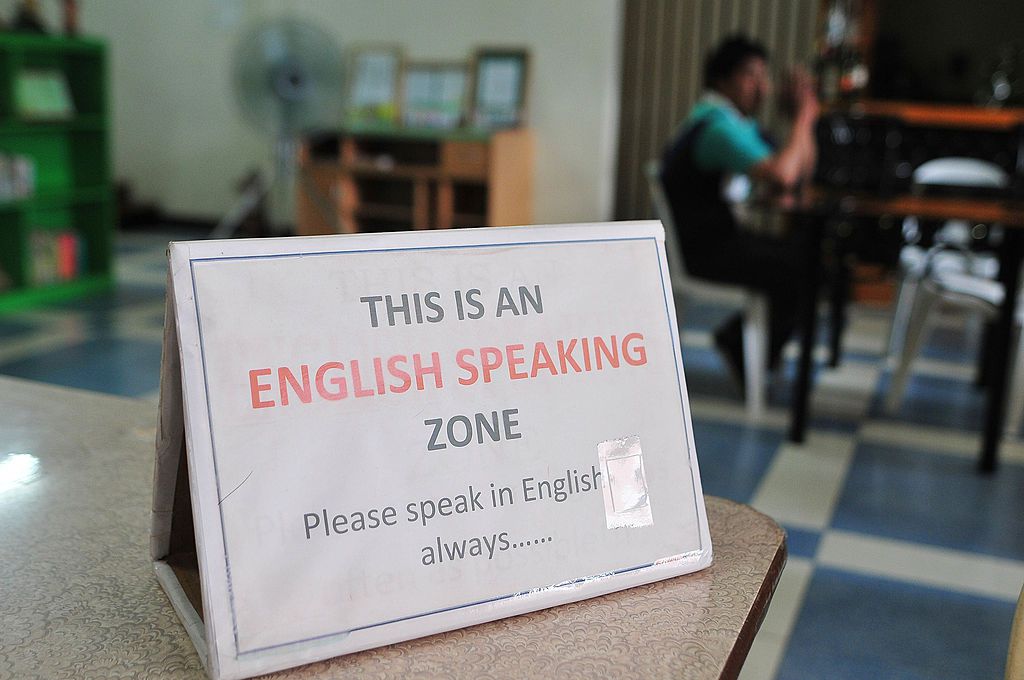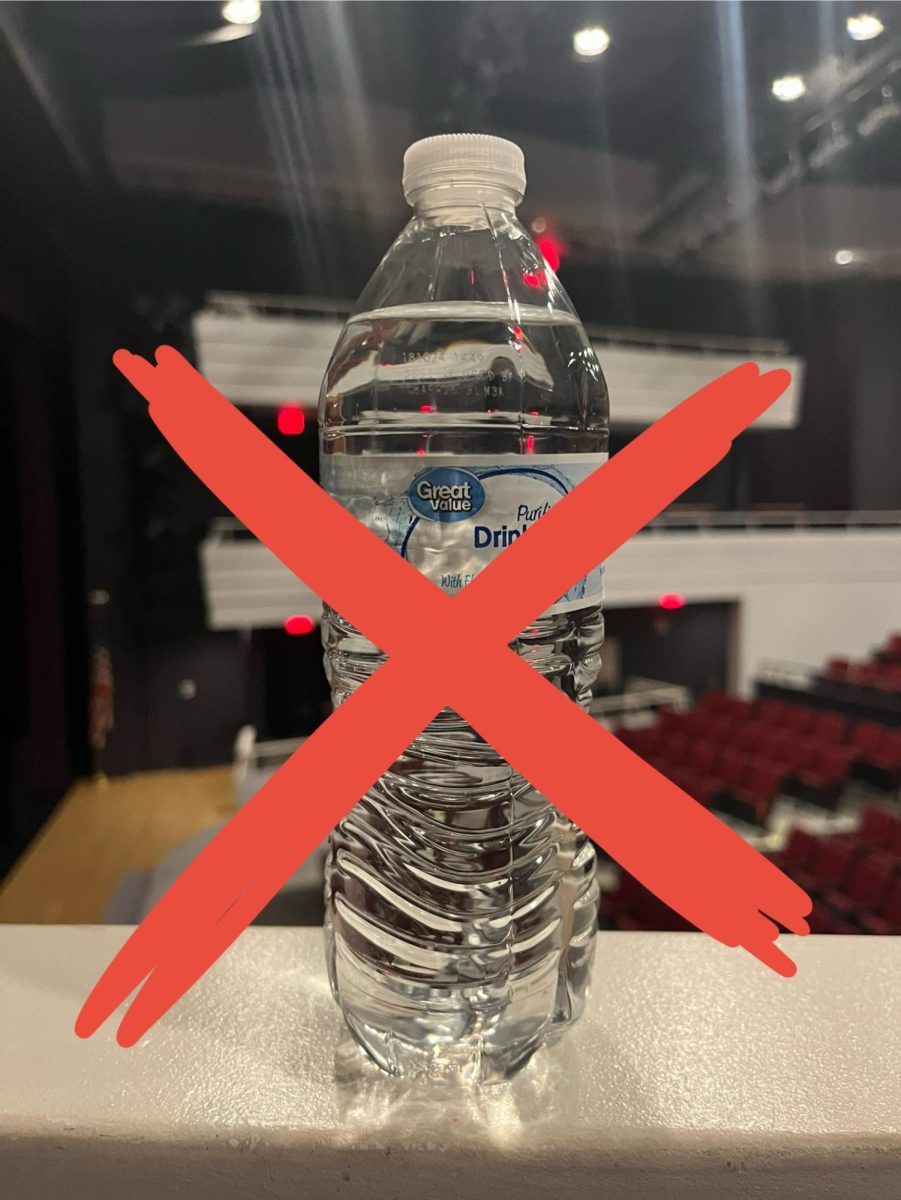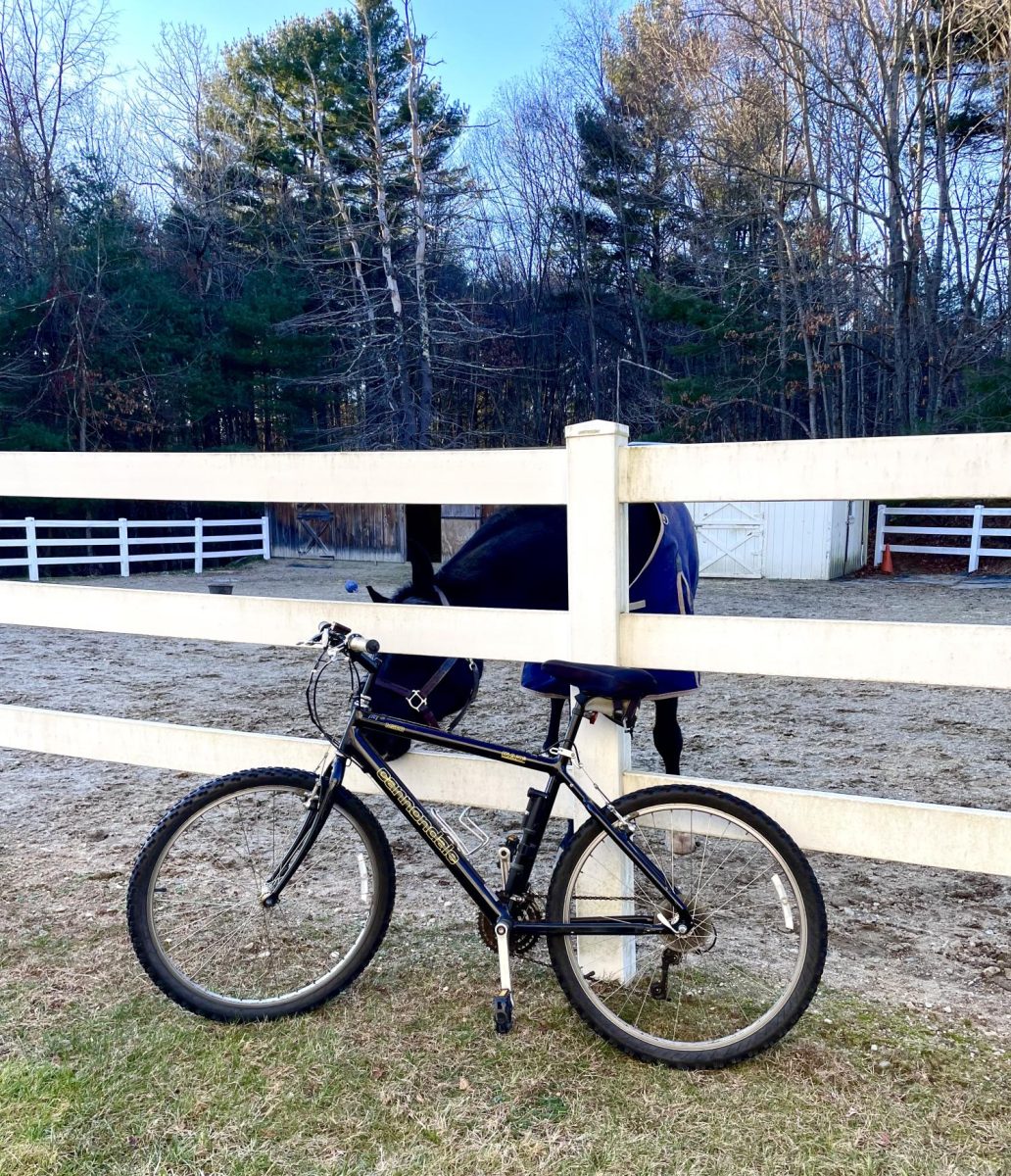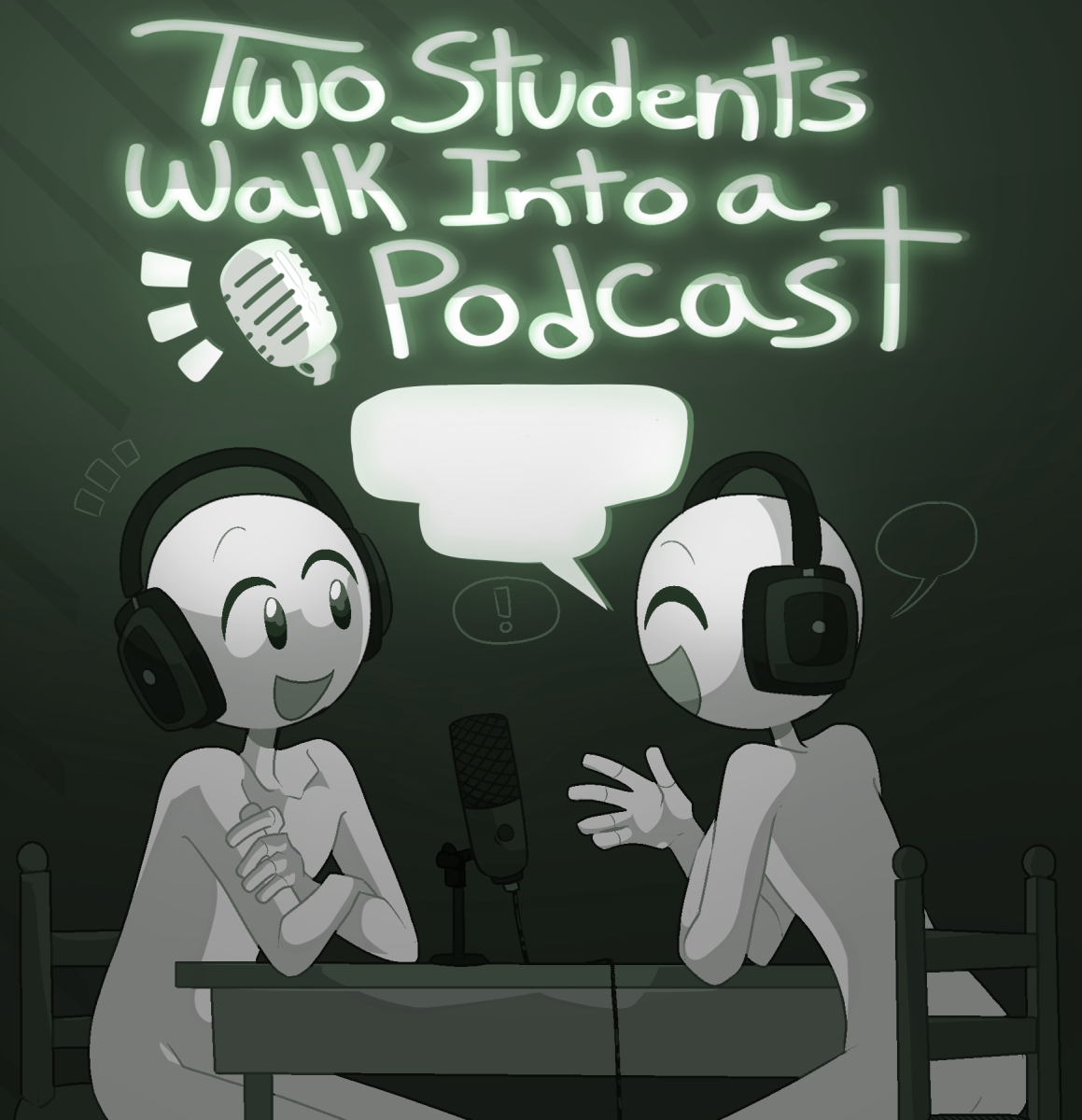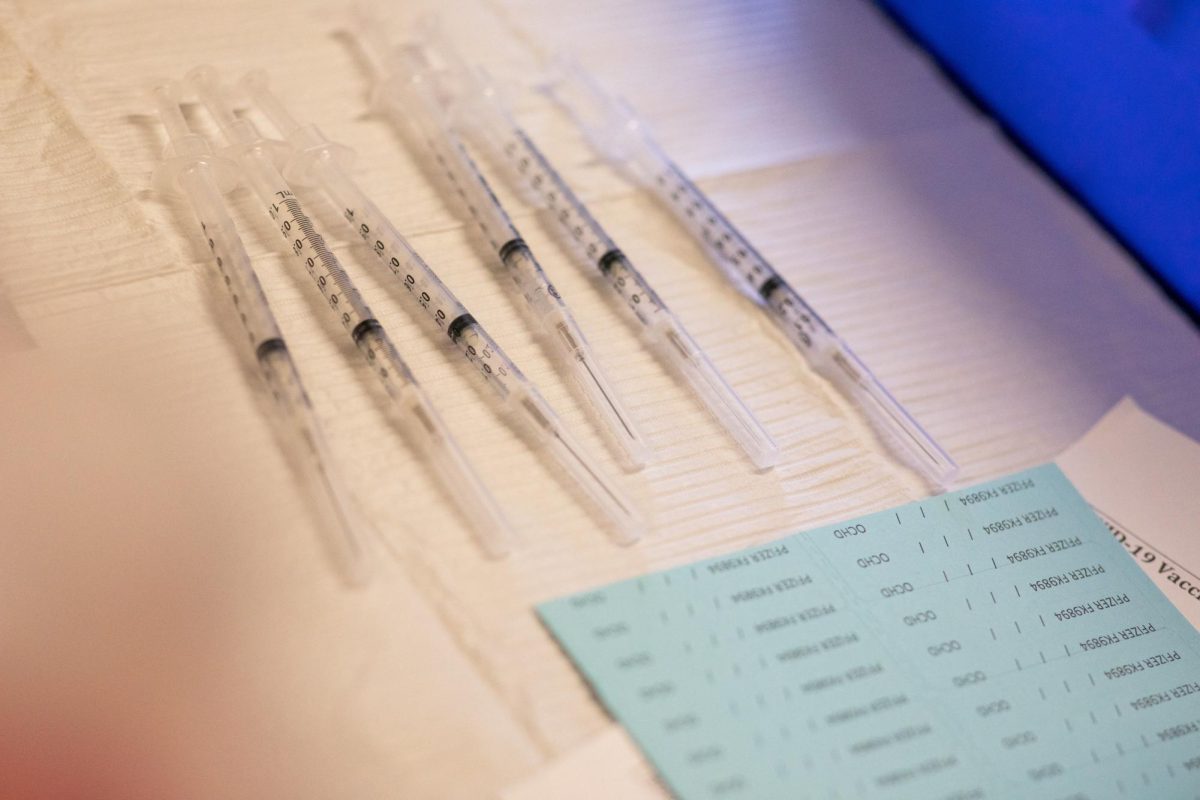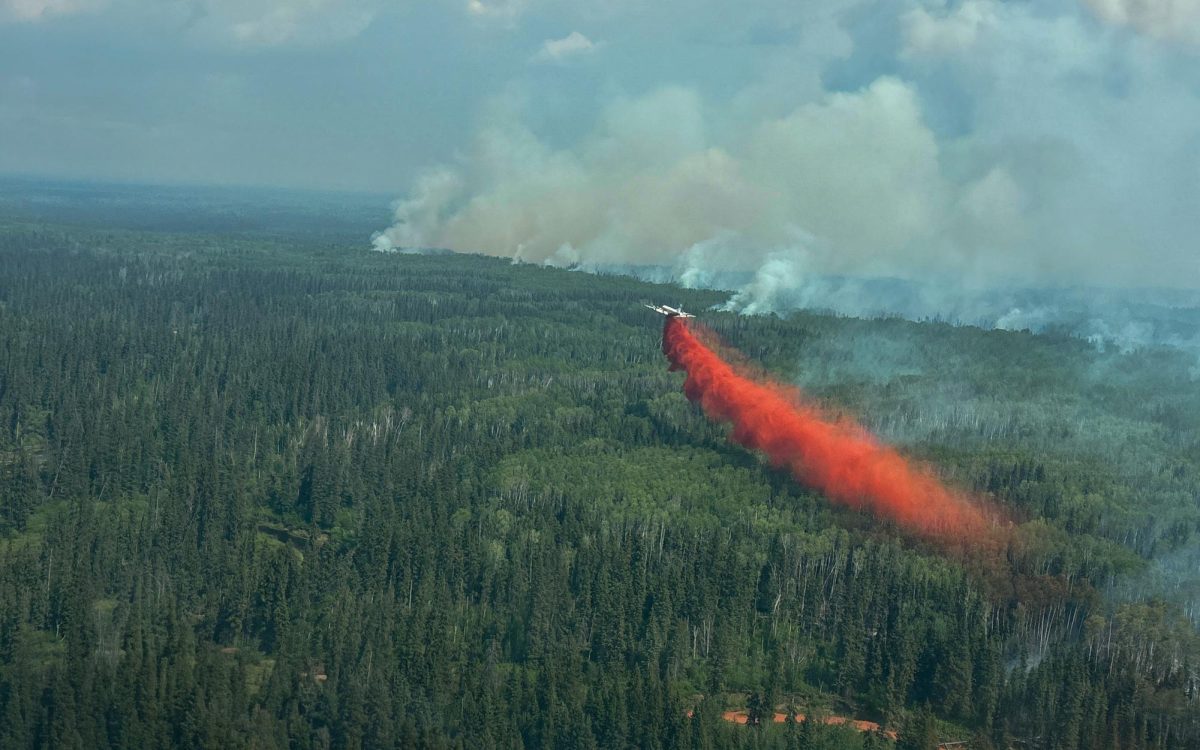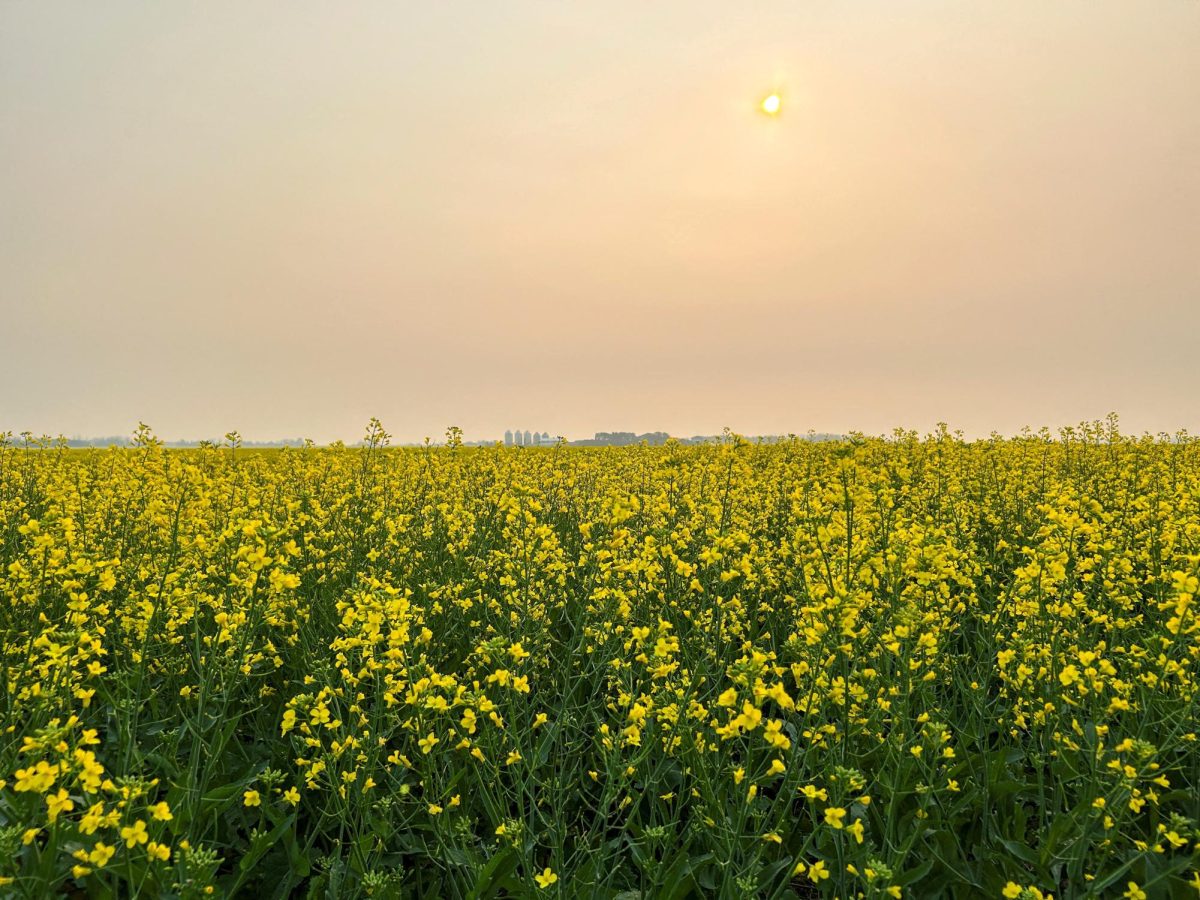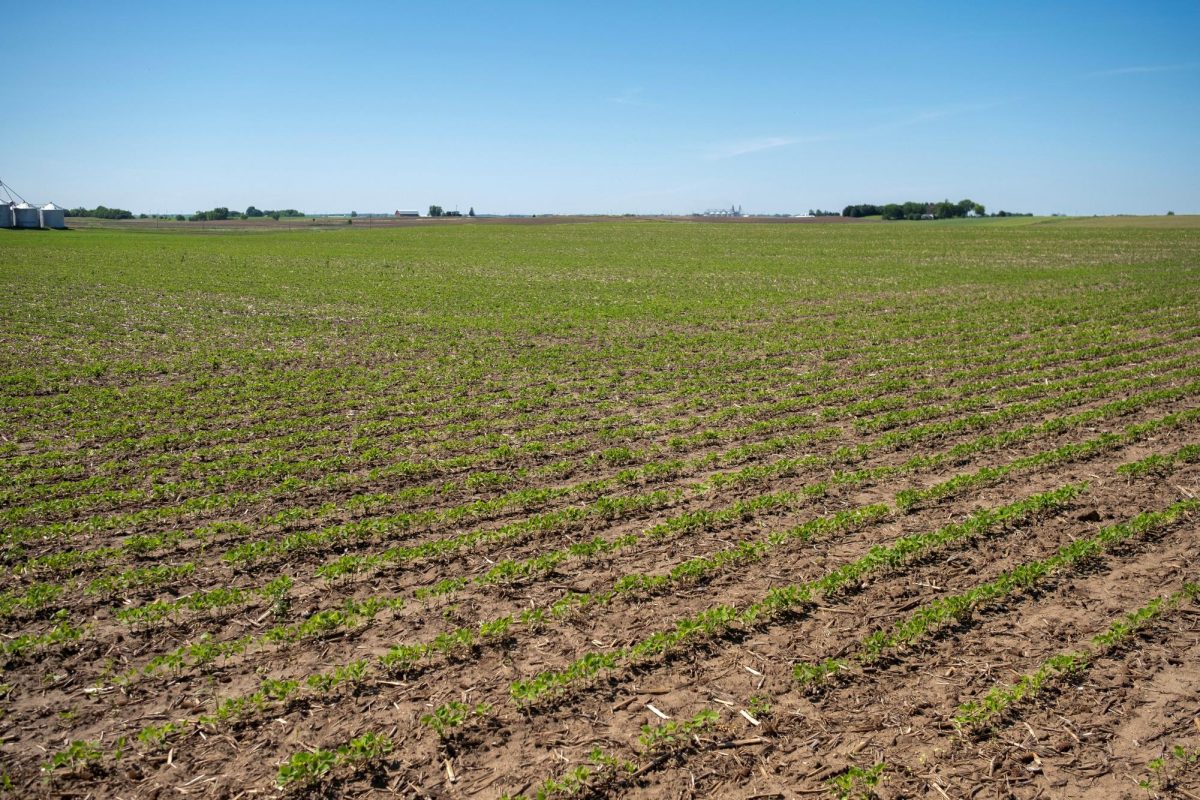Here are some of the most common sicknesses people start to pick up in the fall and how bad they can get.
The flu, which is shortened for influenza, is a very common illness generally beginning in October. It’s best to start getting shots in September and October for when it peaks in December and January.
Flu symptoms include: coughing, sore throat, runny or stuffy nose, body aches, fatigue and sometimes a fever.
Children under the age of five have a much higher risk of getting the flu and illnesses related to the flu like pneumonia and dehydration. The flu vaccine is highly recommended for children six months and older to prevent these illnesses.
Everyone knows about the common cold. Like the flu it’s most common in fall and winter, and people are more likely to get it starting in late August through March and sometimes even April.
Cold season starts in the cold dry weather seasons because that’s the weather that makes the nasal passages become drier and much more vulnerable to infections. The more common symptoms are: stuffy and runny noses, scratchy throat, sneezing, watering eyes, sore throat, chills, and body aches.
Colds usually start two to three days after the virus enters the body. They can last from several days to several weeks.
Although the flu and cold have similar symptoms, it’s important to know which one is happening to you. A cold can clear up by itself and sometimes it can lead to ear infections, but an untreated fever can lead to consequences such as pneumonia and possibly death.
Same as the flu and cold, COVID-19 starts to kick up in the fall and is at its worse in the winter. It does not require special treatment to cover but can be very scary with millions of deaths occurring during the pandemic.
It becomes contagious usually around the fourth day of having it once all the symptoms have fully kicked in. The symptoms include: fever or chills, coughing, muscles and body aches, sore throat, loss of taste and smell, runny nose, and vomiting.
The last most common sickness in the fall time is RSV (respiratory syncytial virus). RVS is a common respiratory virus that infects the nose, throat, and lungs. It has symptoms are similar to a cold: dry coughing, headaches, loss of appetite, runny nose, sneezing, sore throat, and wheezing.
Like the the flu it can also lead to pneumonia. Older people and infants have a higher risk of developing it and having the risk of hospitalization. RSV starts in the fall, peaks in the winter then starts to slow down at the end of spring.
If you have any of these illnesses, it’s best to stay inside and isolated from others to prevent it spreading until it is treated or recovered.
